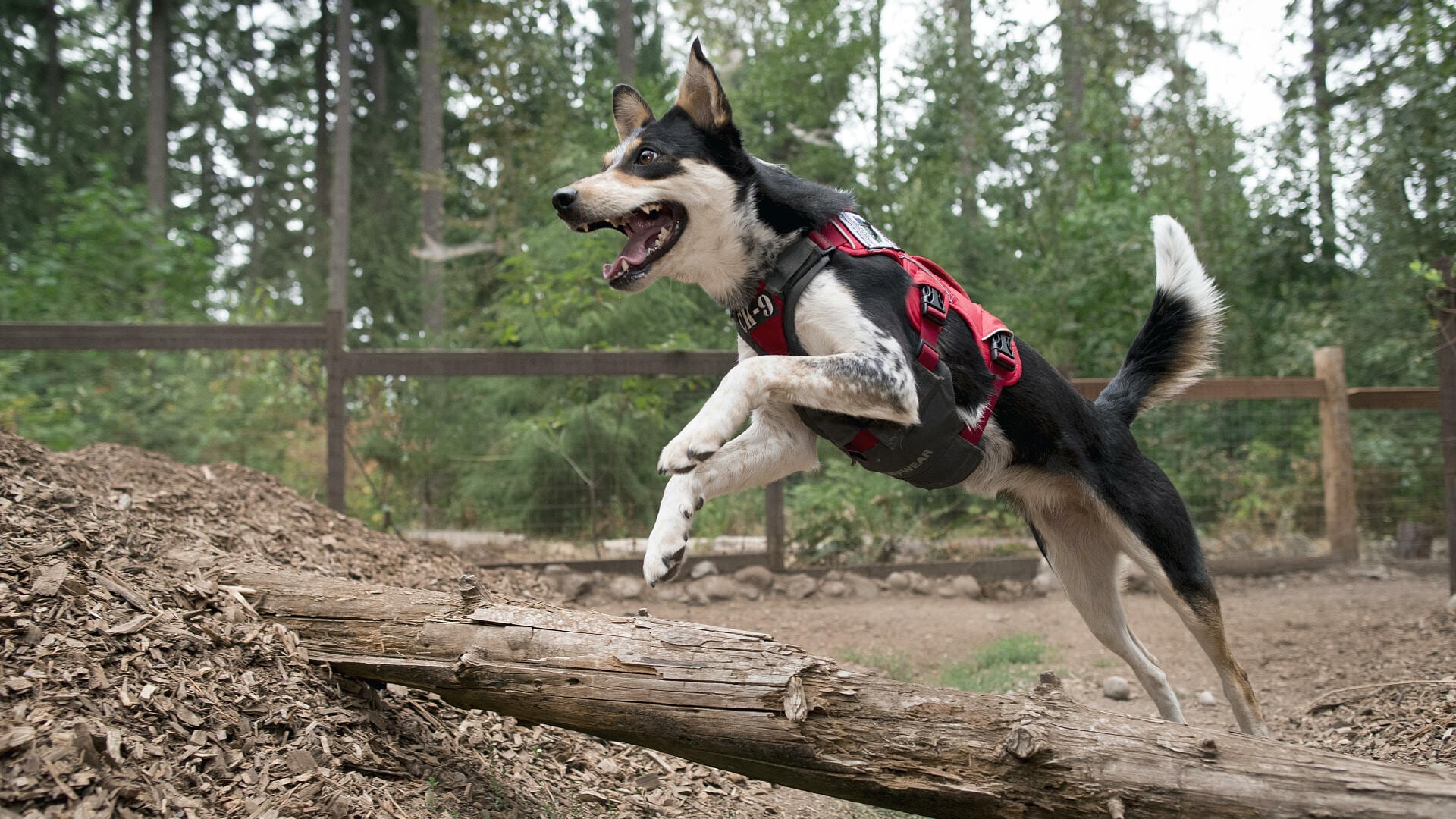Both belong to the reservoir, have thick brown fur, long bodies and cuboid toes. However, it is easy to distinguish between otters and mink when you see them: otters are much heavier, have a sharper mustache and are generally a bit rough. However, the common denominator between them is that they are very shy, which is why they are rarely seen in nature.
Thus anyone wanting to know its distribution, frequency and health depends on its effects, for example on its faeces. “If they both have eaten fish, it is almost impossible for humans to tell whether the feces came from otters or mink,” Annegret Grimm-Seyfarth says. A scientist from the Leipzig Helmholtz Center for Environmental Research has been searching for otters for years, including the Upper Biosphere Reserve in the Lusatian Heath and the Pond Landscape, where a large number of otters live. However, over the past fifteen years, more and more minke animals have been migrating to the area, which can easily lead to mixing of manure samples.
“That’s why I looked for a way to safely tag the samples and ended up with sniffer dogs,” says Grimm Siffarth. In 2012, she trained her first dog, Bagheera – an Australian cattle dog – for the otters logo. It was first used in 2013. “In practice, it quickly became apparent that Bagheera was able to find more in a much shorter time than I was,” Grimm-Seyfarth says. Later, she had police dogs and mortal experts competing against each other in the landscapes of the upper Lucian pond for a scientific study. The result was clear: The detection dog team found significantly more fecal matter per hour than the two expert teams, who encountered 50 percent less litter.
The dogs were also better at distinguishing between otters’ droppings and mink droppings and finding even the smallest inconspicuous or hidden piles, i.e. more droppings of different individuals.. “Dogs’ instincts give us a better overview of the actual number of otters compared to humans,” says Grimm Siffarth.
Dog guards all over the world
“In order to be able to assess the potential of species spotting dogs to protect the species, we wanted to know what experiments exist around the world,” says Grimm Siffarth. Together with UFZ employee Wiebke Harms and Anne Berger of the Leibniz Institute for Animal and Wildlife Research (IZW) in Berlin, she evaluated 1,220 publications documenting the use of these research dogs in more than 60 countries. “We were primarily interested in knowing the dog breeds used, the types that they were supposed to track, and how successful they were,” she says of the study. Which appeared in “Methods in Ecology and Evolution.”.
 Laden …
Laden …© Jaymi Heimbuch / Minden Pictures / picture alliance (Oceannet)
Beagle | Today it is impossible to imagine protecting the species without dogs. With their excellent noses they can find any animal, regardless of its secret or legacy.
New Zealand since about 1890 has relied on sniffers’ ability to find birds and other species that are threatened with extinction. In the island nation, dogs are also used today to hunt unpleasant invasive animals such as rats or Argentine ants. Other than this, species spotting dogs are mainly used in Australia, North America and Europe.

“Alcohol buff. Troublemaker. Introvert. Student. Social media lover. Web ninja. Bacon fan. Reader.”







More Stories
Newly appointed Science, Research and Innovation Council
Asparagus with Salmon and Avocado: A slightly different asparagus dish
Intelligence and Alzheimer's disease: How fit is your brain? Your eyes guide her